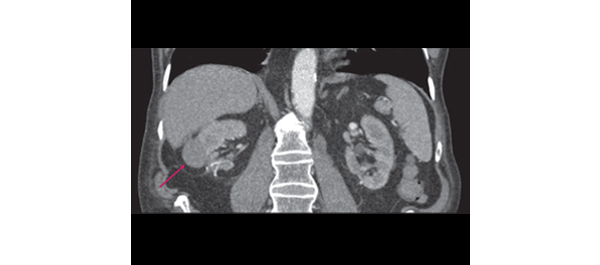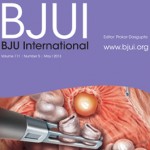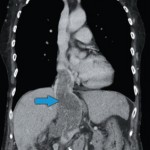Article of the week: Repeat RAPN: Feasibility and early outcomes
Every week the Editor-in-Chief selects the Article of the Week from the current issue of BJUI. The abstract is reproduced below and you can click on the button to read the full article, which is freely available to all readers for at least 30 days from the time of this post.
In addition to the article itself, there is an accompanying editorial written by a prominent member of the urological community. This blog is intended to provoke comment and discussion and we invite you to use the comment tools at the bottom of each post to join the conversation.
If you only have time to read one article this week, it should be this one.
Repeat robot-assisted partial nephrectomy (RAPN): feasibility and early outcomes
Riccardo Autorino, Ali Khalifeh, Humberto Laydner, Dinesh Samarasekera, Emad Rizkala, Remi Eyraud, Georges-Pascal Haber, Robert J. Stein and Jihad H. Kaouk
Center for Laparoscopic and Robotic Surgery, Glickman Urological and Kidney Institute, Cleveland Clinic, Cleveland, OH, USA
OBJECTIVE
• To demonstrate the feasibility, and to report our single-centre perioperative outcomes of repeat robot-assisted partial nephrectomy (RAPN).
PATIENTS AND METHODS
• From June 2006 to June 2012, 490 patients underwent RAPN for a renal mass at our centre. Of these patients, nine who had undergone previous ipsilateral nephron-sparing surgery (NSS) were included in the analysis.
• Patient charts were reviewed to obtain demographic data, preoperative surgical history, operative details, and postoperative outcomes and follow-up data.
RESULTS
• In all, 12 tumours were removed in nine patients (median age 69 years; six female). A third of the operations were performed on patients with a solitary kidney. The median (range) R.E.N.A.L. nephrometry score for the resected masses was 7 (4–8).
• The warm ischaemia time was 17.5 min and in three of the nine patients an unclamped procedure was performed. No intraoperative complications were registered, whereas only two minor complications occurred postoperatively. There were no renal unit losses. All surgical margins were negative.
• There was no significant difference between mean preoperative and latest postoperative mean estimated glomerular filtration rates (70.5 vs 63.5 mL/min/1.73m2, P > 0.05).
• At a mean (sd) follow-up of 8.3 (13) months, eight of the nine patients with a pathology diagnosis of malignant neoplasm were alive and free from disease at the latest follow-up.
CONCLUSION
• Although technically more demanding, repeat RAPN can be safely and effectively performed in patients presenting with local recurrence after primary NSS for kidney cancer.
Read Previous Articles of the Week




Advanced robotic surgery. Not for beginners or the faint hearted. The methods section and operative tricks are by far the most important in this paper.
Congrats to Dr. Autorino et al on this nice sub-set report from the Cleveland Clinic series of robotic PN. My question–how does a surgeon know when they are ready to attempt a repeat RAPN? I did not see how far into the overall series of 490 these 12 cases occurred. Was this single surgeon?
Thanks Dr. Davis for the nice comment. The question is absolutely pertinent. The scenario of a patient presenting with a recurrence/failure after an initial PN is highly challenging one. Probe ablation represents a possible treatment option, whenever tumor location makes it safely feasible. PN can be still regarded as the reference, also in this setting. Open PN has been demonstrated to be effective, as shown by NCI data. WIth increasing experience with robotics, RPN is gradually expanding its indications to include also patients like this. To note, ours is a single center experience of three surgeons.